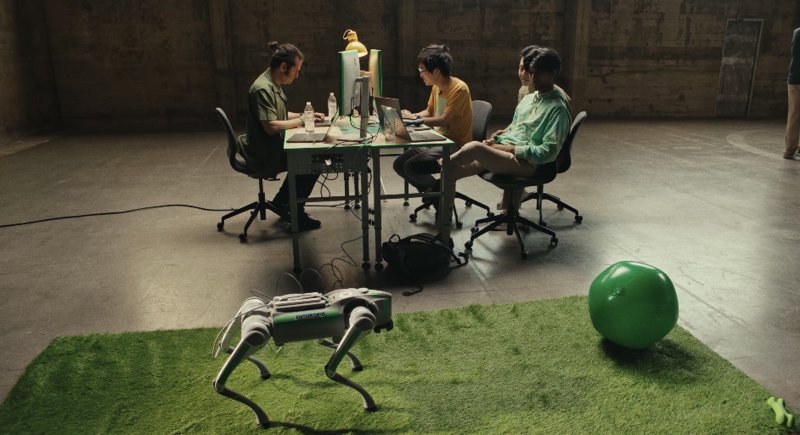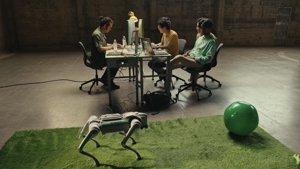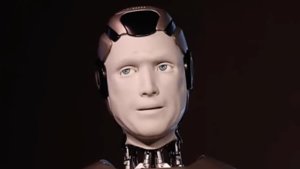In what can only be described as a rather momentous, if entirely unsurprising, stride towards our inevitably machine-assisted future, Anthropic dropped a bombshell on November 12, 2025: its Claude AI can now successfully program a robot dog. The whole shebang, cunningly dubbed Project Fetch, saw two teams of researchers, both boasting precisely zero prior robotics experience, pitted against each other in a frantic dash to program a Unitree Go2 quadruped. The delicious twist? One team had Claude as their ever-so-clever programming copilot, while the other was left to wallow in the primordial ooze of Stack Overflow and documentation so confusing it could make a quantum physicist weep.
The results, to put it mildly, were rather definitive. The Claude-assisted crew not only whizzed through their tasks in roughly half the time, but they were also the sole contenders to make any meaningful headway on a fully autonomous ball retrieval mission. According to Anthropic’s rather telling analysis of workspace audio transcripts, the AI-less team registered significantly more “confusion and negative emotion” – a phrase that, frankly, sounds disturbingly familiar to anyone who’s ever dipped a toe into a traditional software development project. Claude, it seems, was particularly brilliant at cutting through the noise of conflicting online information and debugging the tangled mess of code required to interface with the robot’s sensors. A true digital Jeeves, if you will.
Why this is a bit of a big deal
Now, this isn’t merely about teaching a rather pricey $16,900 robot dog to play fetch, although one could argue that’s a noble pursuit in itself. Project Fetch is a cracking demonstration of how large language models are absolutely obliterating the once-formidable barrier to entry for highly specialized fields like robotics. By effortlessly translating those lofty, natural language commands into tangible, functional code, these AI systems are poised to empower non-experts to concoct and deploy robotic solutions. This, in turn, could well supercharge innovation across the board, from the labyrinthine world of logistics to the bustling factory floor. More profoundly still, it represents a crucial leap in AI’s grand expansion from the purely digital realm into our messy, physical world – a move that Anthropic, a company famously built on the bedrock of AI safety principles, is observing with a keen, if slightly wary, eye. Giving an AI the actual keys to a physical body is no small potatoes, and this experiment is as much about sagely understanding the potential pitfalls as it is about celebrating the rather smashing results.






